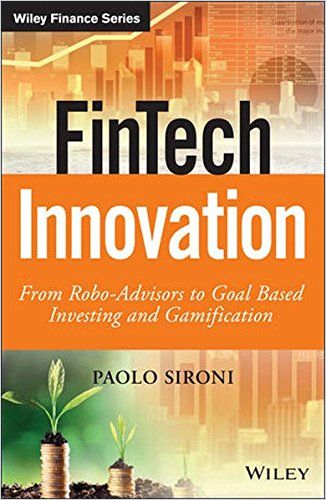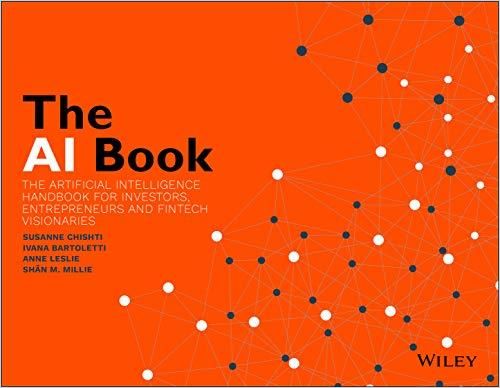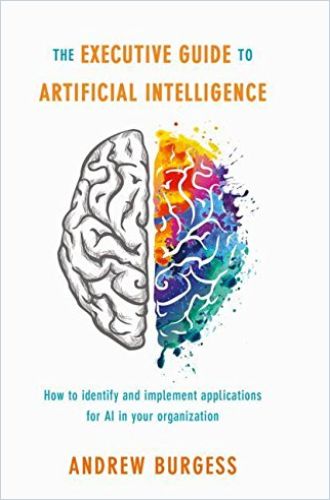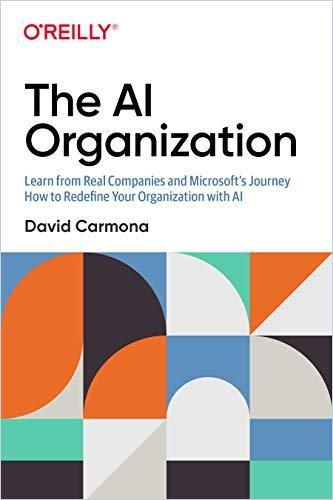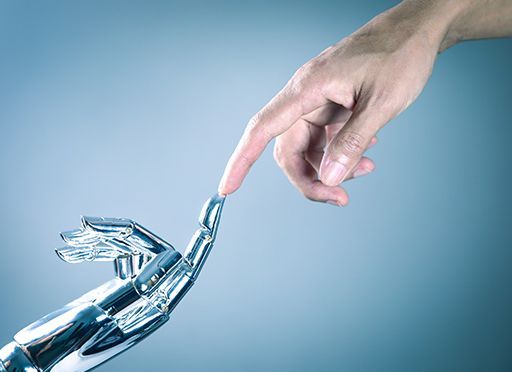Yes, But What Has AI Done for You Lately?

Artificial intelligence (AI) is an umbrella term used to describe programs, machines and combinations of technologies that mimic human intelligence and can learn. AI is already a part of your life in many sly ways. If you’re familiar with Alexa or Siri, if you’ve ever chatted with a customer representative via chatbot online or clicked on a recommendation, or if you’ve taken an Uber, you’ve benefitted from AI. For the basics on AI, read this excellent primer series.
1. The Robots Aren’t Coming for Your Jobs
Well, maybe some of them. While AI powers automation that’s already transforming industries and displacing workers, AI algorithms are designed by people and rely upon human judgment. “Human plus AI” jobs will become more common. This evolving economy will create different jobs, about as many as it displaces, according to the World Economic Forum. Employees comfortable working in AI-assisted jobs will be in high demand.
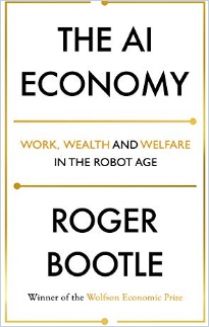
AI can do repetitive jobs very well, faster than humans. However, it doesn’t have the same ability to discern and decide that humans have. Humans set AI parameters. AI helps businesses in many ways, primarily by being able to crunch through enormous amounts of data whether textual or visual. AI excels at doing one or even a series of jobs well, but, for instance, that chess program that can beat all comers can’t play tic-tac-toe unless a human trains it to do so.
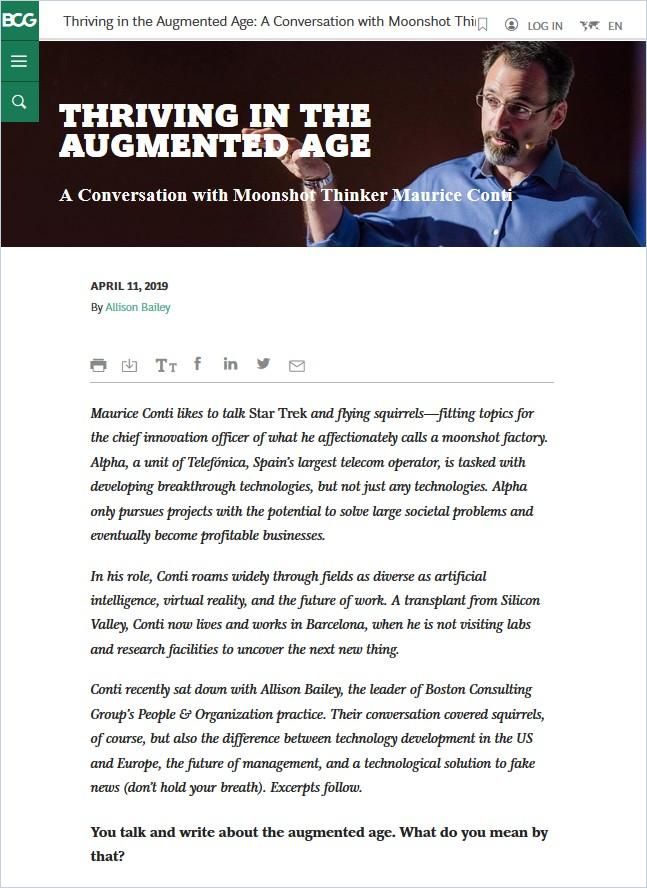
Here are several ways AI is already being utilized in business:
2. Predictive Analysis Helps Businesses See the Future
Given rules, AI algorithms quickly organize mountains of information. The military uses AI to sort through hours upon hours of drone footage for anomalies. As algorithms learn – this is often called “machine learning” – their performance improves and their predictive power grows.
“Deep learning” just means adding layers of complexity to the program. Companies like YouTube and Netflix use AI’s predictive power to recommend which videos you might like, based on your previous history.
Airlines put algorithms to work crunching data from thousands of searches to predict demand for future flights.
Alibaba leans on its AI to predict demand during its annual Singles Day sales, analyzing oceans of customer data. The super-seller’s AI-ready chip dramatically speeds computing and enabled Alibaba’s move into selling cloud services.
The retail sector also uses AI to understand language for handling customer service – text, in the case of digital assistant chatbots, or voice recognition, in the case of Alexa and Siri – which is more the result of fancy programming than the ability to actually understand language; that capability is still a few years away.
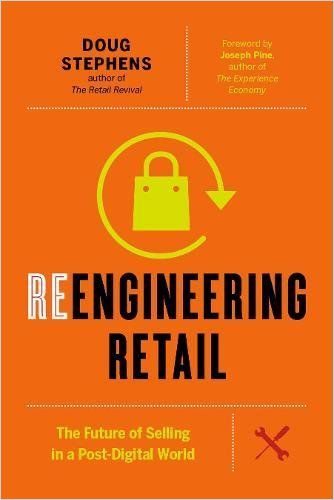
3. Financial Technology – Fintech – Speeds Up Financial Transactions and Cuts Costs
Fintech touches every business that needs payment services. It moved financial services online and made it mobile. Agile fintech businesses continue to displace traditional lenders; start-ups can find faster, cheaper ways to process payments, secure credit, and fundraise. AI helps insurers sort through data to recognize fraud and analyze risk factors. Banks using AI-driven chatbots can analyze what their customers want and give it to them. Virtual assistants like Bank of America’s Erica provide account services for more than 10 million customers. In the future, fintech may cut out banks entirely, as China’s WeChat Pay and AliPay do.
Investors love predictive analysis too. Using AI to analyze data and predict trends makes a lot more sense than going by your gut. These days most investment officers have AI-assisted analytic tools at their fingertips. Companies that handle large volumes of trades have AI-equipped systems to detect and respond to market volatility. These automated systems analyze all kinds of data, including social media chatter; in the past, they’ve shown vulnerability to the spread of false information. AI systems can flag fraudulent behavior in real time or correctly categorize expenses for a virtual wallet account based on a customer’s history.
4. AI-Powered Digital “Realities” Enhance Learning
While most retailers now have an online store, the introduction of virtual and augmented reality (VR and AR) technologies, propelled by AI, is revolutionizing the customer experience. Imagine searching through a celebrity’s closet to buy what they buy. Ikea uses AR so customers can see what Ikea furniture will look like in their own space. AI erases language barriers so you can buy from stores around the world.
Facebook is betting that the next step for social media is virtual worlds. AI already powers Facebook chatbots and its marketing delivery systems, but the next step is hanging out with your friends virtually.

Virtual and augmented realities are making the most headway in education. Virtual learning is immersive and interactive. The aviation industry uses AI-enhanced flight simulators to train pilots. Surgeons practice surgeries in AI-powered virtual operating rooms. Flaim Systems uses a virtual reality program to train firefighters. VR Motion gives would-be drivers the simulated experience of driving without the dangers. At school, VR puts students into vivid simulations of historical events.
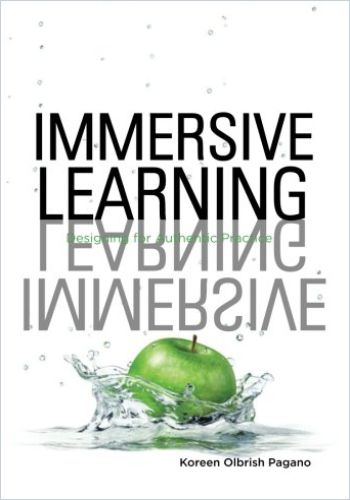
The modern organization needs to be a learning organization. VR technologies give business a virtual sandbox to test scenarios. The quicker businesses can test ideas and learn from their experiments, the quicker they’re able to develop new offers.
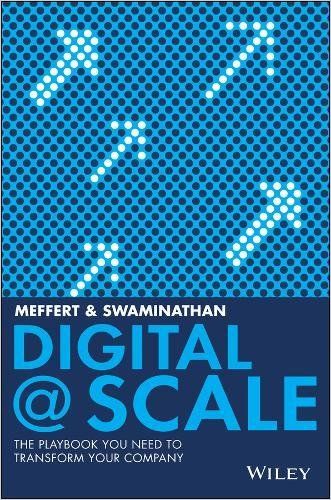
5. Deep Neural Networks Patterned After the Human Brain Are Transforming Medicine
These networks are made of multiple-layered algorithms, each of which analyzes a piece of incoming data. Deep neural networks are on the cutting edge of health care, from diagnosis, to automating complex surgery, to enabling remote surgery. Wearable AI-enhanced technologies may soon diagnose emerging health problems before you even show symptoms. One hope for AI diagnostics is to create greater standardization of care. In the UK, researchers trained algorithms to recognize macular degeneration and diabetic retinopathy, two eye diseases that, if left undetected, can lead to blindness.
Drug companies use algorithms to analyze trial data, to better predict how a particular drug might affect a particular person, and to speed the time it takes getting new drugs to market. In China, researchers created an AI-enhanced robot, fed it volumes of medical books, enabling it to get its medical license. Now doctors use it for reference to help inform their decisions.
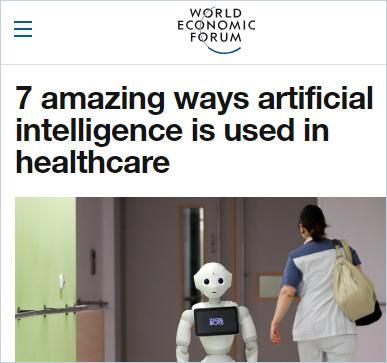
7 Amazing Ways Artificial Intelligence Is Used in Healthcare
World Economic ForumDoctors can run patient data through an algorithm for valuable insights, better personalizing recommendations. Less dramatically, perhaps the biggest contribution AI can make to medicine is automating routine tasks, freeing up more time for doctors to spend with their patients.

6. The Internet of Things Turbocharges AI-Driven Automation
Smart companies are now in the digital data business. The John Deere Company was established in 1836 and made its reputation selling farm equipment. Now its reach is global, transformed in the modern era by spinning out a data analytics subsidiary based on the enormous data compiled from sensors on its equipment in the field, utilizing Internet of Things (IoT) technologies. John Deere now builds driverless tractors, combines and other farm equipment, using AI-enhanced sensors and GPS, with the vision of creating an autonomous farm. There is a downside: Not every farmer wants his information harvested.

Why American Farmers Are Hacking Their Tractors with Ukrainian Firmware
MotherboardCombine AI diagnostics with repetitious manufacturing processes and you’ve got the state of the art automated factory.
7. Many Companies Use “Off the Shelf” AI to Build Applications for Their Businesses
TensorFlow offers an open AI platform for companies to develop custom applications. Google uses TensorFlow-built AI in its signature search and Gmail functions. Coca-Cola used it to build a loyalty program for customers. GE Healthcare trained algorithms to recognize specific brain architecture in MRIs, to speed up processing.
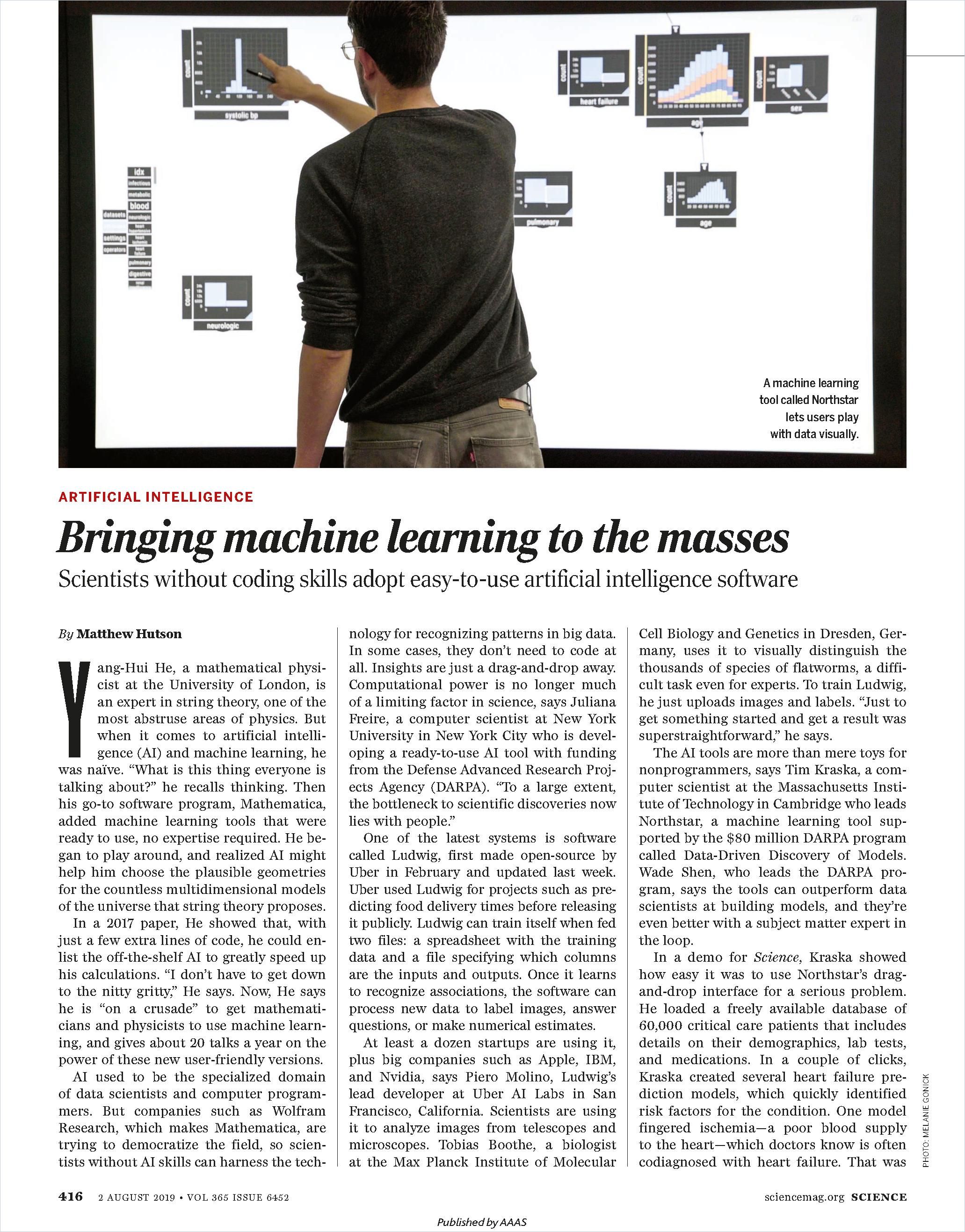
AI underlies all these separate technologies. Combined with the internet for delivery, it is shaping the world of a million tomorrows, today. For as many problems as AI can solve, it also creates new ones. It can be used for nefarious purposes, mass surveillance and to create deepfakes, for instance. Experts also worry that unconscious biases in programmers will end up in their algorithms. This just shows you that AI is only a tool – it can be used responsibly and irresponsibly.
To get a better idea of what AI can do for your business, here’s a good place to dive in:



